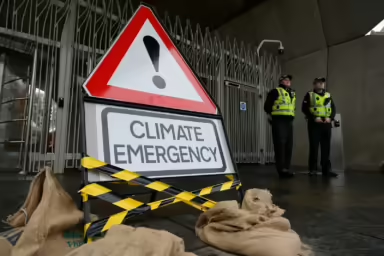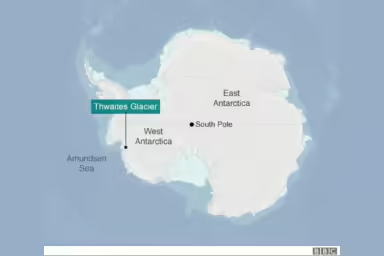Warming temperatures and less rain are causing flash droughts to develop more quickly and strike more often.
|
Listen To This Story
|
In the summer of 2012, a severe drought unexpectedly struck the central United States. The event began in May and rapidly intensified until it peaked in mid-July, when precipitation hit record lows throughout the Midwest, affecting approximately 80 percent of US agricultural land and causing $34.5 billion in losses.
Flash droughts such as this are developing more quickly and happening more frequently because of climate change, according to a recent study published in Science.
Unlike slow droughts, which develop over years, flash droughts arise in a matter of weeks and can last 30–45 days (or even years). Because these events are abrupt and relatively localized, they are more difficult to forecast.
“People have less time to prepare for [flash droughts].”
“People have less time to prepare for them,” wrote Xing Yuan, a hydroclimatologist at Nanjing University of Information Science and Technology in Jiangsu, China, and lead author of the study, in an email.
Droughts that come on quickly are especially worrying for regions that are not well adapted, according to climatologist Peili Wu from the Met Office in the United Kingdom, who is a co-author of the study. “In the US, I think people are more aware about flash droughts,” he said. “But in other parts of the world — in Europe, for example — people are less familiar with this concept.”
The predictability of slow droughts, on the other hand, helps communities and governments adapt.
Flashier Times
To gauge how flash droughts have changed through time, Yuan and Wu and their colleagues analyzed daily precipitation and evaporation data from different climate reconstructions and soil moisture data to identify droughts that occurred over a subseasonal timescale (1–2 months) between 1951 and 2014. They classified flash droughts as periods with a rapid drop in soil moisture and dry conditions lasting for at least 20 days. The rest of the droughts were categorized as slow.
The researchers compared regional trends by dividing Earth into polygons and found that the proportion of dry spells considered flash droughts increased in 74 percent of the regions. Northern and East Asia, Europe, and the west coast of South America experienced the biggest increase in flash droughts, as well as their quickest arrival.
Less precipitation, greater evaporation, and hotter days are driving the trends, according to the researchers. Warmer air can hold more moisture, so as temperatures rise, more evaporation occurs and plants release more water.
Flash droughts were 2–3 times more common in humid regions than in others. Evaporation is driven in part by the intensity of the sun. A drop in precipitation and cloud cover speeds up evaporation and, therefore, the onset of drought, explained the researchers.
The results of the study are robust, said Joel Lisonbee, a climatologist at the Cooperative Institute for Research in Environmental Sciences. However, he said he worries that by studying droughts at the subseasonal timescale, the researchers “would have missed out on multiyear droughts that began [as flash droughts].”
Turning Up the Heat
To determine whether the transition to flashier droughts was related to human-caused climate change, the researchers simulated two different histories: one that included both human-induced climate forcings (such as greenhouse gas emissions) and natural climate forcings (solar and volcanic activity) and one that included only natural ones.
The latter simulation failed to capture the trends the researchers observed in the data, whereas the simulation that considered natural and human effects did, leading the researchers to conclude that the shift toward more flash droughts is linked to human influence.
“We need to stop thinking of drought as a slowly developing disaster and start thinking about it as something that can happen really quickly.”
“Traditionally, droughts are thought to be a slow climatic process, but given the increase in temperature due to global warming, [their onset] actually sped up,” Wu said.
“Within a couple of weeks, you can go from a very green, healthy-looking ecosystem to something that is withering and sort of dying away,” said ecohydrologist Jagdish Krishnaswamy of the Indian Institute for Human Settlements. “That’s really alarming.” This study lays the groundwork for more fine-scale mapping of climate variables in vulnerable regions, he explained.
“We need to stop thinking of drought as a slowly developing disaster and start thinking about it as something that can happen really quickly,” Lisonbee said.
This story by Roberto González was originally published by Eos Magazine and is part of Covering Climate Now, a global journalism collaboration strengthening coverage of the climate story.





